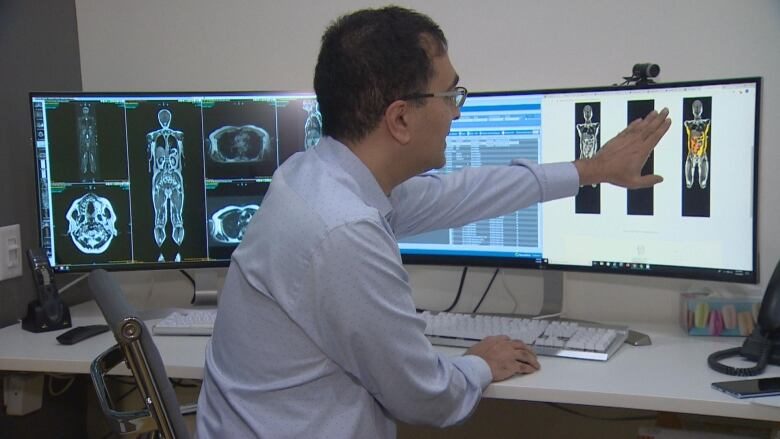Placebos are used in clinical trials to demonstrate that an experimental drug is superior to the control or "inactive" pill (1). A placebo is usually
defined as an "inert substance" (no effect), given to trial participants with the aim of making it impossible for them, and usually the researchers themselves, to know who is receiving an active or inactive therapy.
The exact contents of a placebo pill are often unknown; the "recipe" is not disclosed to the trial subjects, nor is it published in the peer-reviewed literature. Recently, the editor-in-chief of
Clinical Therapeutics, Dr. Robert Shader, raised concerns when a
2017 study published in the
New England Journal of Medicine injected one group of people with a monoclonal antibody (ocrelizumab) and the other group with a "matching placebo."
But what was in the placebo? "Was it saline? Was it the same vehicle in which the monoclonal antibody was dissolved?" Shader
rightly questioned. Researchers should provide the public with the exact ingredients contained within a placebo, but this is rarely the case.

Comment: While the continually plunging quality of diet is no doubt at least partly responsible for the growing obesity epidemic, toxicity and inflammation are likely playing a huge role (perhaps moreso than diet quality). We've all seen people with garbage diets who seem to be relatively unaffected, while others need to pay strict attention to what they eat or pay consequences. Genetics can only explain so much, and the above article connects some dots that give a clearer picture than the mainstream calories-in-calories-out model will allow.
See also: